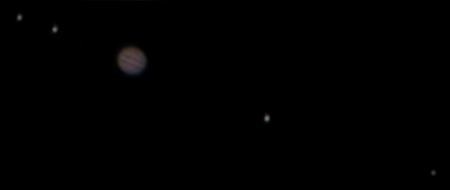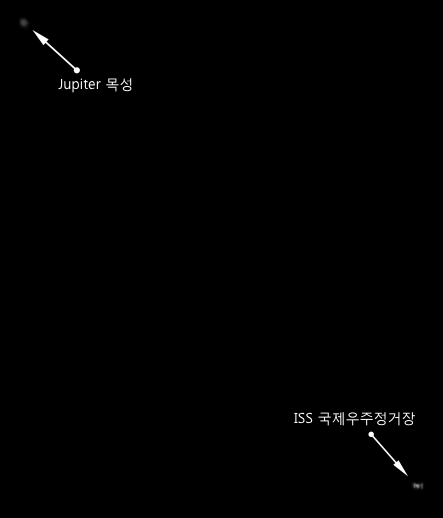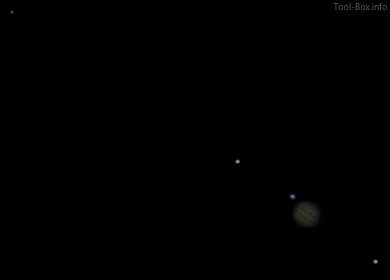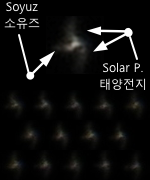Waxing moon
Posted by Wesley onThe Moon was photographed right after Venus last Saturday due to its proximity to the planet. It's been more than three months since I took picture of it, so it was an interesting refresher.
The shadows make the craters look more pronounced, which produces a lot more interesting photo than a Full Moon. The little craters inside the "seas" were pretty cool to notice, too. It was the first time I used the Moon & Skyglow filter on the Moon, and I guess that helped, too.
Settings: Canon SX50 HS - 1200mm - ISO 80 - 1/60s - f/6.5
Filters: Baader M&S applied
Time: 2013-12-07 17:41 KST
Location: Suwon, Korea
67 photos stacked with RegiStax 6.1.0.8








